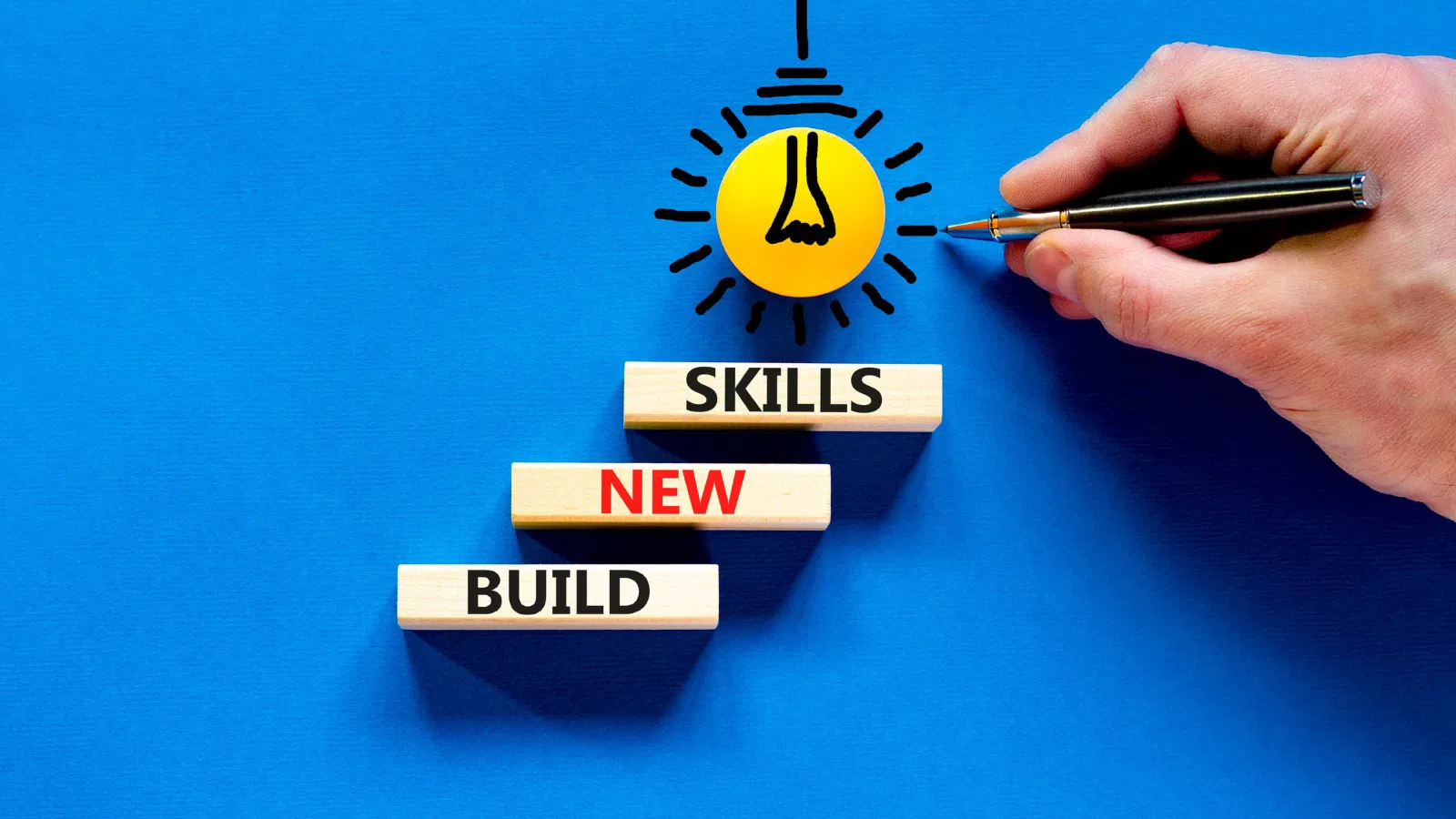Health and Education: Building a Stronger Future Through Knowledge and Well-Being

Health and education are two of the most powerful pillars of human development. A society cannot thrive without a healthy population, and education is essential to empower individuals with the tools to make informed decisions about their well-being. Together, health and education form a cycle of progress: good health enables better learning, while education provides the knowledge to lead healthier lives.
In today’s interconnected world, where lifestyle diseases are on the rise and access to accurate information is more important than ever, the relationship between health and education has become even more significant. By integrating these two sectors, we can build resilient communities, improve quality of life, and create a foundation for sustainable growth.
The Interconnection Between Health and Education
The link between health and education is well-documented. Healthy students are more likely to perform better academically, while those suffering from chronic illness, malnutrition, or mental health issues often struggle to reach their potential. On the other hand, individuals who receive quality education are more likely to adopt healthy habits, avoid risky behaviors, and seek proper medical care.
For example, a child with access to nutrition education at school may develop lifelong habits of eating balanced meals, reducing the risk of obesity or diabetes. Similarly, educated parents are more likely to vaccinate their children, ensure regular medical checkups, and promote hygiene at home.
This relationship creates a cycle of improvement: education fosters health literacy, which leads to healthier behaviors, which in turn enhance learning capacity. Breaking this cycle in disadvantaged communities is key to addressing global inequalities.
Health Literacy: A Key to Better Living
Health literacy is the ability to access, understand, and apply health information to make informed decisions. It is not only about reading medical instructions but also about understanding nutrition labels, following exercise recommendations, and recognizing symptoms that require professional care.
Educational institutions play a vital role in promoting health literacy. Schools that integrate health education into their curriculum help students develop critical thinking about their lifestyle choices. This includes teaching the dangers of tobacco and alcohol, the importance of physical activity, and the long-term effects of stress.
At the community level, adult education programs can address health literacy gaps in populations that may not have had access to formal education. Workshops on topics such as reproductive health, chronic disease management, and mental well-being empower individuals to take control of their health.
Mental Health in the Education System
Mental health is one of the most pressing challenges facing both health and education sectors. Students at all levels—from elementary schools to universities—are experiencing rising levels of stress, anxiety, and depression. Academic pressure, social challenges, and the constant influence of digital media contribute to this mental health crisis.
Educational institutions have a responsibility to provide resources that support student well-being. This can include counseling services, mindfulness programs, stress management workshops, and anti-bullying campaigns. Teachers and administrators must also be trained to recognize early signs of mental distress and create supportive environments where students feel safe to seek help.
Furthermore, integrating mental health education into the curriculum helps reduce stigma and encourages open conversations. Just as students learn about physical health, they should also be taught strategies for emotional resilience, empathy, and coping skills.

Technology as a Bridge Between Health and Education
The digital era has introduced powerful tools that connect health and education like never before. Online platforms, mobile apps, and wearable devices provide opportunities for people to learn about their health while also engaging in continuous education.
For example, e-learning modules in schools can incorporate interactive lessons on nutrition and hygiene. Fitness apps used by students can encourage them to stay active while also teaching them the science behind exercise. Virtual reality (VR) and augmented reality (AR) are being used in medical schools to train future doctors in simulated environments, enhancing both safety and learning outcomes.
Telemedicine also bridges the gap between health and education. In remote areas, schools can serve as centers where students and families access online consultations with healthcare professionals. This dual-purpose use of technology enhances both health outcomes and educational opportunities.
The Role of Teachers and Healthcare Professionals
Both teachers and healthcare providers play complementary roles in fostering health and education. Teachers are often the first to notice when a child is struggling due to health issues, while healthcare professionals provide the expertise needed to address those challenges.
Collaboration between schools and local health systems is essential. Programs that bring nurses, nutritionists, or psychologists into schools provide holistic support to students. Similarly, community outreach programs where doctors educate families about preventive care ensure that knowledge extends beyond the classroom.
Training educators to include health topics in their teaching can further reinforce this integration. For instance, a science lesson on the human body can include discussions about healthy lifestyle habits, while physical education can emphasize the mental benefits of exercise.
Challenges in Health and Education Integration
Despite the clear benefits, integrating health and education faces several challenges:
-
Resource Limitations – Many schools, especially in developing regions, lack funding for health programs, trained staff, or even basic nutrition for students.
-
Inequality – Disadvantaged communities face barriers such as poor access to healthcare, low literacy rates, and limited educational infrastructure.
-
Cultural Attitudes – In some societies, conversations about topics like reproductive health or mental illness remain taboo, limiting effective education.
-
Technology Gaps – While digital tools can be transformative, not all students have equal access to the internet, devices, or digital literacy.
Addressing these barriers requires collaboration between governments, NGOs, private organizations, and local communities. Policies that prioritize both health and education together are more likely to succeed than those treating them as separate sectors.
The Path Forward: Building Health-Education Ecosystems
To build stronger connections between health and education, several strategies can be adopted:
-
School-Based Health Programs: Providing meals, vaccinations, and regular health checkups directly at schools.
-
Comprehensive Health Education: Updating curricula to include nutrition, physical activity, mental health, and digital safety.
-
Community Engagement: Involving parents and local leaders to reinforce lessons learned in schools.
-
Digital Solutions: Expanding access to telehealth, e-learning platforms, and AI-driven health education tools.
-
Policy Integration: Encouraging governments to adopt policies that recognize the intersection of health and education in national development plans.
By viewing health and education as interconnected ecosystems rather than separate institutions, societies can maximize the benefits of both.

Conclusion
The relationship between health and education is undeniable. Good health enables learning, while education provides the knowledge necessary to maintain and improve well-being. Together, they create a foundation for stronger individuals, healthier communities, and more sustainable societies.
In an era of rapid technological advancement, rising mental health concerns, and persistent global inequalities, the integration of health and education is not just desirable—it is essential. Schools must go beyond academics to nurture both the minds and bodies of students, while healthcare systems must recognize the value of education in promoting healthier lifestyles.
By investing in this partnership, societies can ensure that future generations are not only well-educated but also equipped with the health and resilience needed to thrive. After all, knowledge and well-being are not separate goals—they are two sides of the same coin that lead to a brighter, healthier future.

